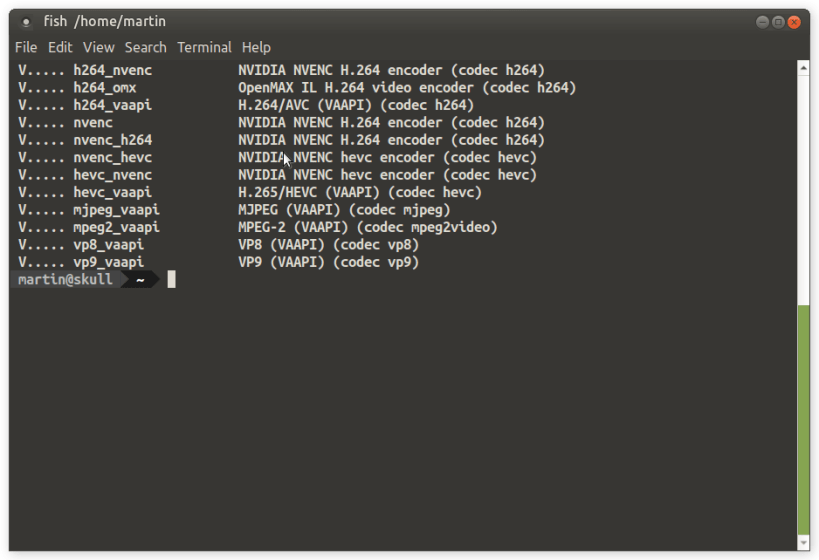
Now when you have ensured that your system has been fully updated, it is the best time to run the FFmpeg installation command in your terminal which is shown below: sudo apt install ffmpeg Once the system cache has been updated, you will witness the following output on your terminal window: Running this command will ensure that there are no broken dependencies or packages that will have the potential to interfere in your installation process. The Ubuntu 20.04 terminal has the following interface:īefore installing FFmpeg on Ubuntu 20.04, a system update is required which can be done by running the command mentioned below in your terminal: sudo apt update Open a new terminal window in Ubuntu 20.04 by searching for it in the Activities menu. Perform the steps mentioned below for achieving this goal: Step # 1: Update your System: Since there are no pre-requisites for this method, therefore, we will head on towards the installation of FFmpeg on Ubuntu 20.04 straightaway. Method of Installing FFmpeg on Ubuntu 20.04 LTS: In this article, we will show you the method of installing FFmpeg on Ubuntu 20.04 LTS. Another great thing about this software is that it can be used across different platforms i.e. It supports a wide range of different multimedia formats.

It is very widely used for video and audio editing and the conversion of videos and audios from one format to another. A major plus point about this software is that it is absolutely free and open source. FFmpeg is a software that is designed to handle videos, audios, and other multimedia files of different types.


 0 kommentar(er)
0 kommentar(er)
